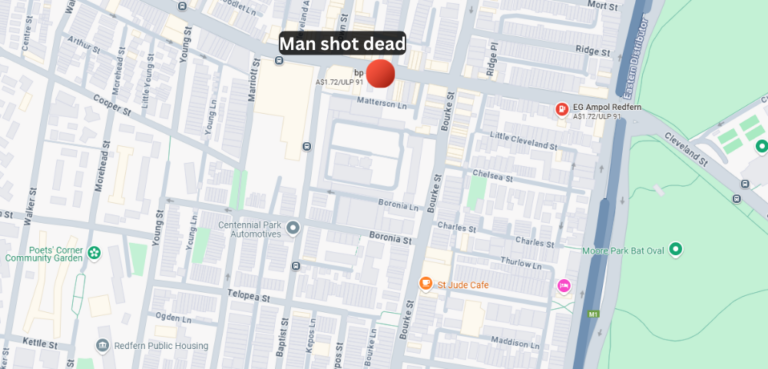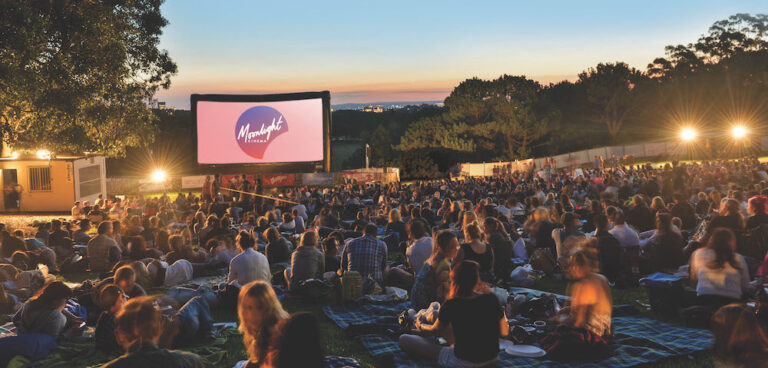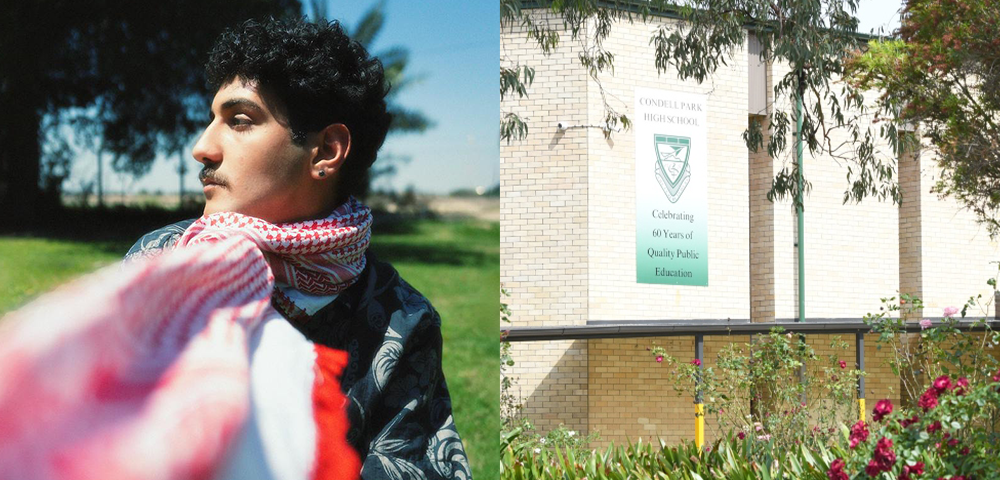
The state government last week released its long-term plans for improving public transport over the next two decades.
NSW Transport published its 106-page discussion paper on Friday, February 24 outlining the department’s progress, objectives and aims.
Among its priorities for Sydney are the Inner West light rail extension, electronic ticketing and more cycling pathways.
While light rail has been approved from Lilyfield to Dulwich Hill, the state government also aims to connect the city’s universities to the CBD.
The paper states: “Work is also well-advanced on the feasibility of light rail extensions in the Sydney CBD, to the University of NSW and to the University of Sydney. Similarly, feasibility investigations are underway into Bus Rapid Transit to serve Sydney’s Northern Beaches.”
Councillor John McInerney, who is also a trained architect and town planner, said land use and transport planning must be integrated.
“It’s often talked about getting development over railway stations – either over or near to – because you need the capacity for people to walk to public transport,” he said.
The councillor said public transport needs to be paired with residential and commercial density.
A new electronic ticketing system called Opal is hoped to make public transport more integrated and efficient.
The department has also stated that establishing cycling networks to provide residents with the option of riding to work, school and amenities is also a priority.
“An integrated program of works is underway to increase cycling in Sydney. This includes completing the missing links in the Metro Sydney Bike Network. A major cross-regional project now under development is the North Shore Cycleway, connecting Naremburn to the Sydney Harbour Bridge,” the Paper says.
However, supporters of the Inner West pedestrian and cycle path called the GreenWay will note the deferred project was not mentioned in the Paper. The nature corridor was designed to allow residents in the Inner West to cycle to and from the CBD.
Cr McInerney said there is a need for state investment in bike ways and to develop a comprehensive metro service.
“A proper one, and a well-thought out one, not the knee-jerk reaction like last time. And it should cover the whole of the inner metropolitian area,” he said.
Chair of the Surry Hills Business Alliance, Brian Adams said the document is a costly public relations exercise.
“[The Paper] is a superficial attempt to hoodwink the taxpayer/voter into believing that they … are hard at it fixing things,” he said.
“How would the average citizen have sufficient knowledge of the complex technical/financial structure of each of the transport services to be able to make any sensible suggestions?”
Mr Adams said the Government needs to engage professionals and set aside the funds to put solutions into action. NSW Transport is accepting submissions in response to the Discussion Paper until April 27.
By Deborah Erwin









